
Level 35 - Vocab in Context
39 Lessons
1

欠 in Context
2

吹 in Context
3

歌 in Context
4
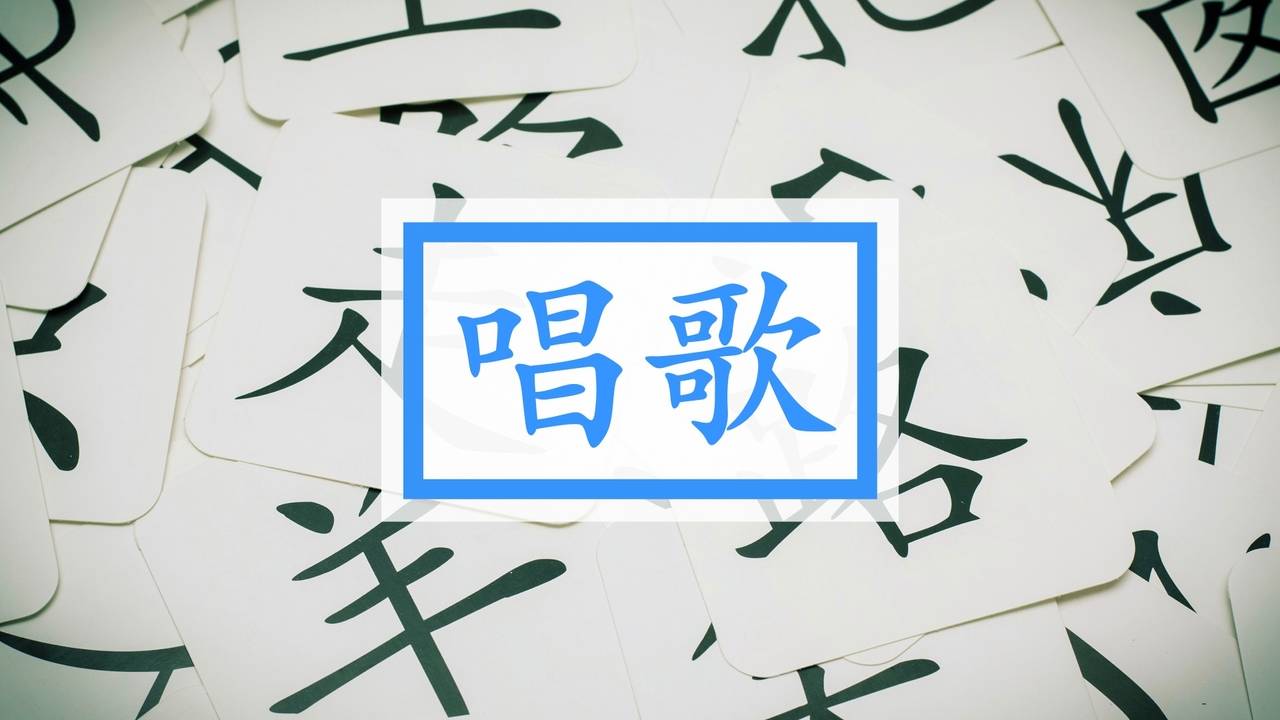
唱歌 in Context
5

歌手 in Context
6

软 in Context
7

这次 in Context
8

那次 in Context
9

一次 in Context
10
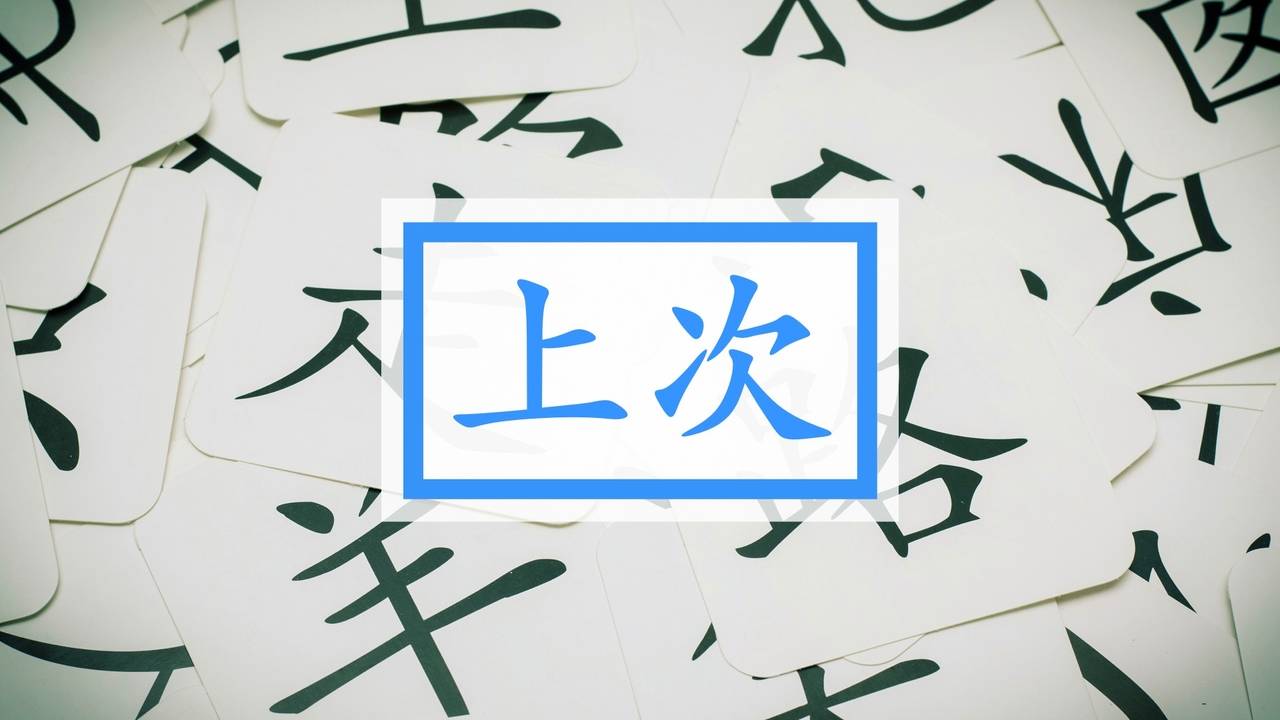
上次 in Context
11

下次 in Context
12
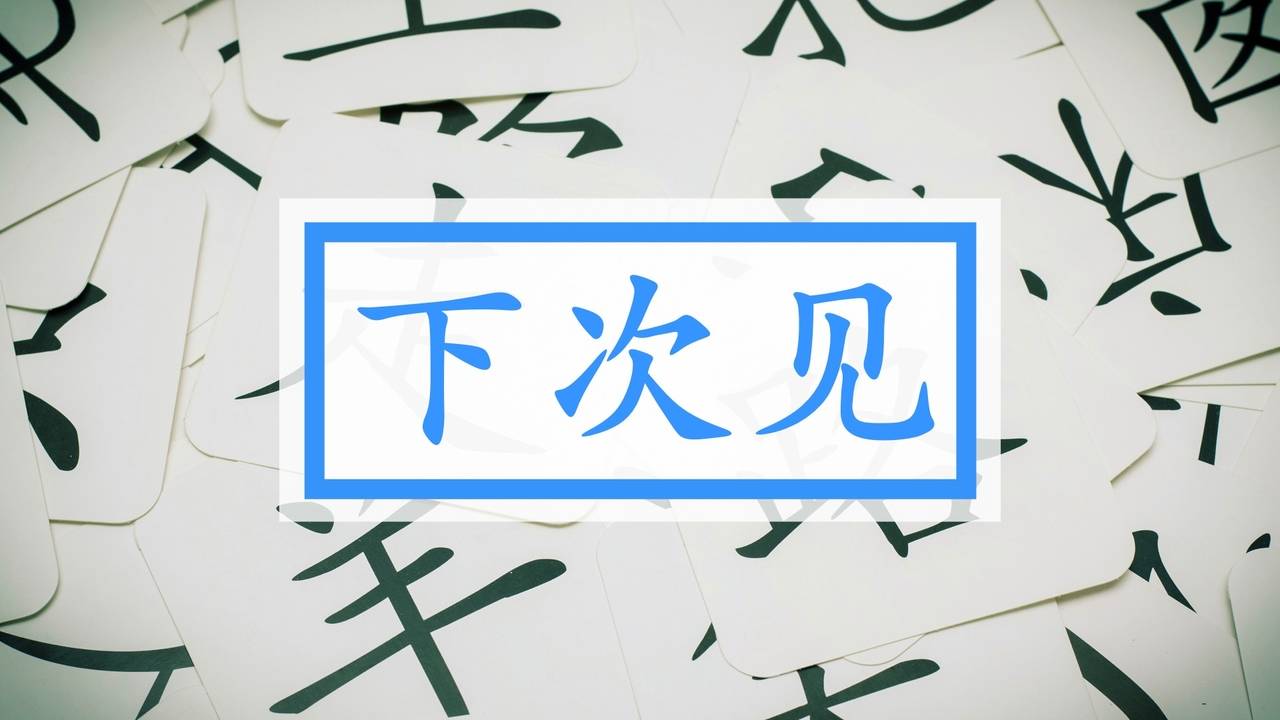
下次见 in Context
13

几次 in Context
14

每次 in Context
15

喜欢 in Context
16

忘 in Context
17

忘记 in Context
18

忙 in Context
19

帮忙 in Context
20

万 in Context
21
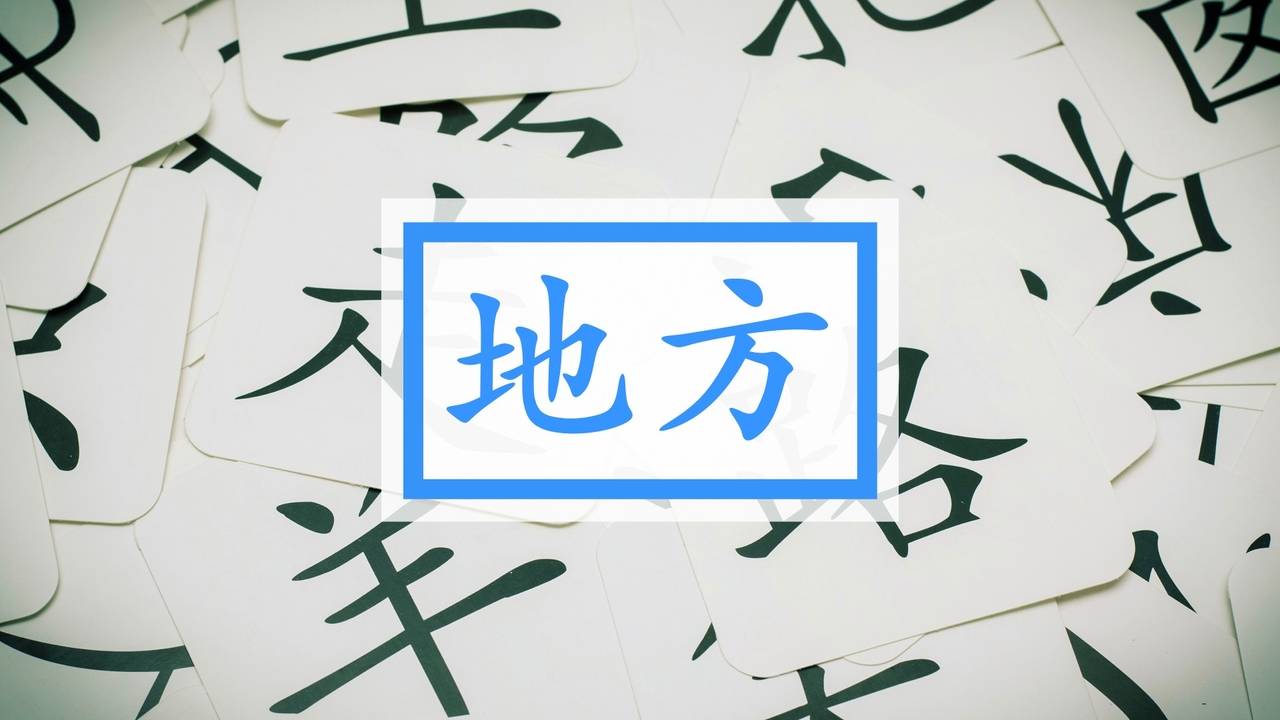
地方 in Context
22
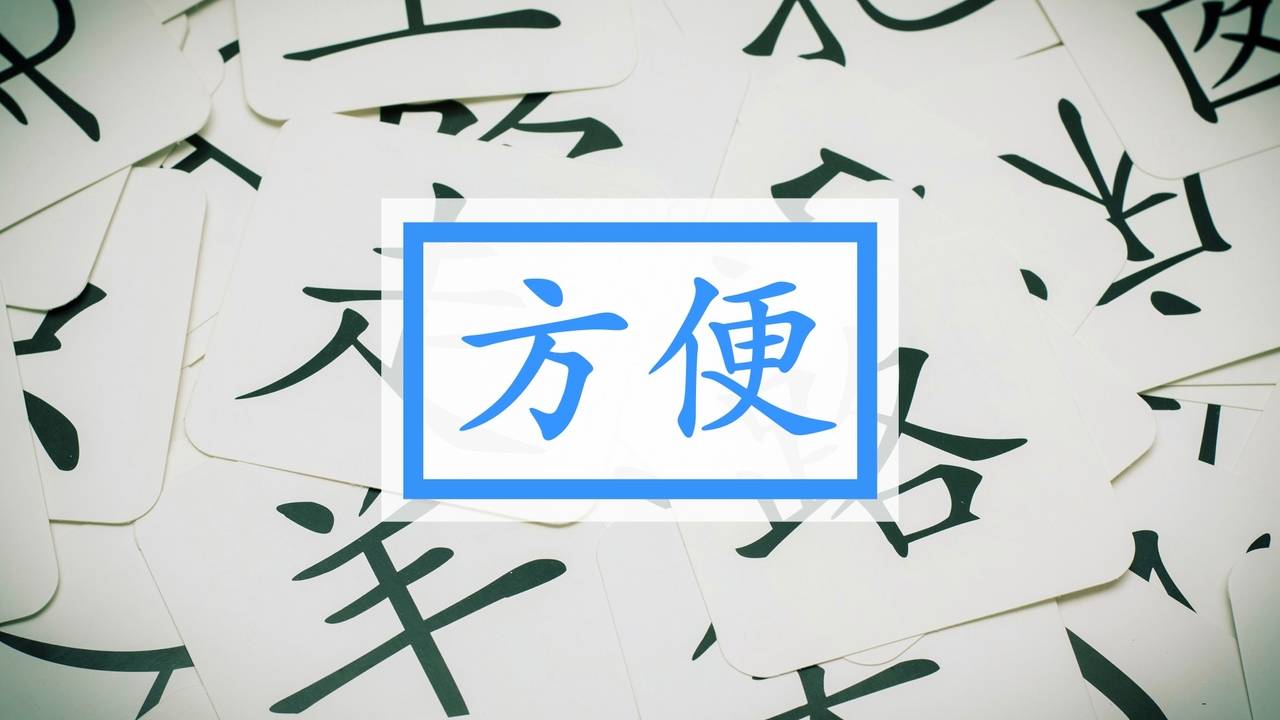
方便 in Context
23

方法 in Context
24

放 in Context
25

放下 in Context
26

放心 in Context
27

放学 in Context
28

房子 in Context
29

房间 in Context
30

房东 in Context
31

吧 in Context
32

把 in Context
33

BONUS: Special - How to Use 把 bǎ in Chinese
34

白色 in Context
35
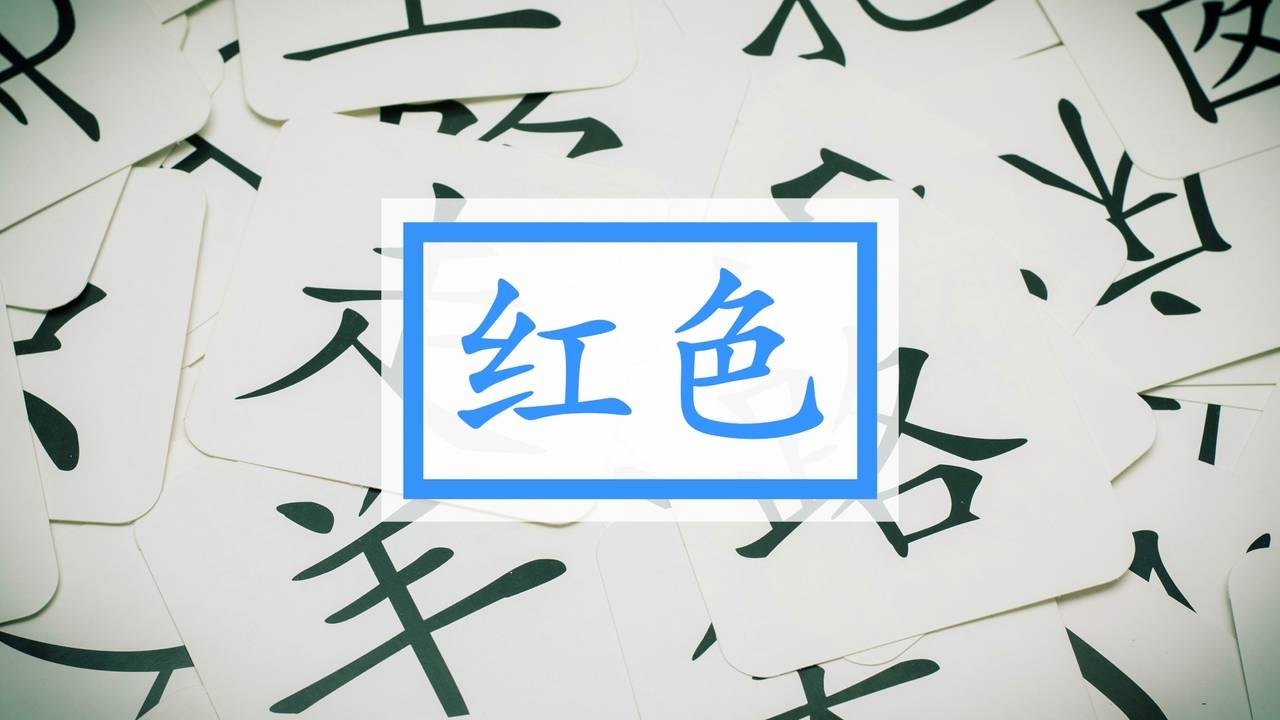
红色 in Context
36

黑色 in Context
37

而是 in Context
38

BONUS: Connector - Expressing 'Not This, Instead That' with 不是..., 而是...
39

需要 in Context
Next Character
BONUS: Special - How to Use 把 bǎ in Chinese
Hey, what about this whole "把" thing?
Back when Phil was studying at Sichuan University, the teachers seemed to be under the impression that sentences using 把 were going to be as challenging for international students to master as climbing Everest. The reason they thought it would be SO GOSH DANG HARD is that we don't have this structure in English. HOW COULD WE POSSIBLY UNDERSTAND?!?!?!
In reality, there's nothing all that difficult about 把 sentences so long as you think about them the right way. Here's how Pleco describes it (spoiler: this isn't the best way to think about it):
Preposition
[used to shift the object ahead of the verb, which must be reduplicated or accompanied by some other word or expression]
Yikes. No wonder people get confused. There's nothing wrong with this definition in principle, but here's the better way to think about it:
When the object and what happened to it is THE POINT of the statement, use 把.
把手机放在书桌上。
Put the phone on the desk.
The sentence emphasizes what should happen to the phone in some detail. Compare to this sentence:
她用手机来发短信。
She uses a mobile phone to send texts.
The point of this sentence is NOT to emphasize what happened to the mobile phone, but rather to explain how 她 sends texts.
WHY NOT SVO?!
This is always the question. Put grammatically, why turn the Subject + Verb + Object (SVO) into Subject + 把 + Object + Verb (SOV)? What's wrong with SVO?
After all the input you've done in TMBM, what does your 语法感 (feeling for grammar) tell you? Have you ever seen a sentence that has an action (e.g., 放) followed by an object (e.g., 手机) followed by more descriptions about the verb (e.g., 在书桌上)?
The reason you haven't is that separating the verb from its modifiers doesn't happen in Chinese. Consequently, you need to move the object out of the way so that the verb and everything about it aren't separated.
This is Good News
Once you understand the above point, just follow these three conditions to understand 把 :
Condition 1: Simple verbs with no "extra dressing" don't require 把.
吃这个热狗
Eat this hot dog.
Condition 2: Once you "add dressing" to the verb, use 把 to keep the verb and its description together.
把这个热狗吃完
Finish eating this hotdog.
Condition 3: Make sure that the verb describes what happens TO THE OBJECT. Some verbs only describe the subject's perception or mental state towards the object.
我听错了明天出发的时间.
I misheard tomorrow's departure time.
听错 (Verb-Result) isn't what happened to the object (明天出发的时间), but instead is the perception of '我.' Other perception verbs that don't usually work include 看, 闻, and 像 because those verbs seldom affect the object directly, but rather describe perception about the object.
我爱上了她.
I fell in love with her.
"爱" is a psychological verb, so it is, by definition, taking place in the mental state of the subject. It's not happening to the object (她). Other psychological verbs you've already learned that don't usually work include 喜欢 - 想 - 怕 - 讨厌 - 担心
"What counts as 'adding dressing' to the verb?" -You
Assuming that Condition 3 is met, a reliable rule of thumb is that "adding dressing" covers that which in some way describes a simple verb (e.g., 吃 -> 吃好,放 -> 放在这儿,带 -> 带回来). Don't let the verb and its dressing get separated! Here are a few scenarios:
1. Adding a result
把这个热狗吃完
Finish eating this hotdog.
把手机用坏了
Break the phone (through over-use).
2. Adding a location
把手机放在书桌上
Put the phone on the desk.
把钱放在包里
Put the money in the bag.
3. Adding a direction
把东西带回来
Bring the stuff back.
把包扔下去
Throw down the bag.
4. Adding quantity to the verb
请你把门开一下
Please open the door a moment.
他把他的电话号码又说了一次
He once again said his phone number.
Take This Thing And…
Another way to think about this 把 construction is that you are setting the object as the topic. If you translate some of the above examples as "Take this [object] and [verb with dressing]," it helps conceptualize the structure.
把手机放在书桌上。
Take the mobile phone and put [it] on the desk.
把这个热狗吃完
Take this hotdog and finish eating [it].
把手机用坏了
Took the mobile phone and broke [it] (through over-use).
把钱放在包里
Take the money and put [it] in the bag.
把东西带回来
Take the stuff and bring [it] back.
把包扔下去
Take the bag and throw [it] down.
NOTE: We're not saying that this is the correct way to translate these sentences. It's just a way of making the structure make more sense.
Stay Relaxed. You're Doing So Well.
The enemy of language acquisition is anxiety. We hope these types of emails are informative, but sometimes with topics like 把字句, people start to get a little stressed. We empathize completely. But remember: Thinking about the language is fun and useful (in small doses), but it constitutes about 2% of the acquisition process.





Richard Ashbrooke
Could you explain it like I’m a 4 y/o?
Mandarin Blueprint
If my four-year-old asked me how 把 works, I'd say "read and listen to a bunch of sentences with 把 and it will click naturally in no time"...sorry not trying to be annoying but it's true!
Rose Black
I just know 把 as a particle that changes the word order to put emphasis on the result and is used when something is done to the object.
Jessica m
In my opinion, one of the first rules of understanding chinese is to tell yourself chinese doesn't have any prepositions. Anything that is called a preposition is really a particle with a specific function or an infinitive verb that doesn't have an english equivalent. The function of the particle 把 is to move a object to before the verb. As MB describes above, the sentence goes from SVO to SVO.
Notice that in the examples above, this is done to the DIRECT OBJECT to add emphasis or clearity that gives the direct object an almost equal emphasis as the subject of the sentence. (someone can correct me with an example, but I don't think 把 is ever used with an indirect object)
Remember, 把 proceeds the direct object and any modifying adjectives (all noun modifiers precede the noun in chinese). Chinese doesn't have [romance/germanic] prepositions, so all modifying information about a noun becomes an adjective that precedes it.
E.g. 把你拿着的手的手机仍在桌子上。(throw the cell phone you are holding onto the top of the table. )
把 is also the measure word for a bundle of flowers and has some other uses. So don't confuse it if you see it in one of its other uses.